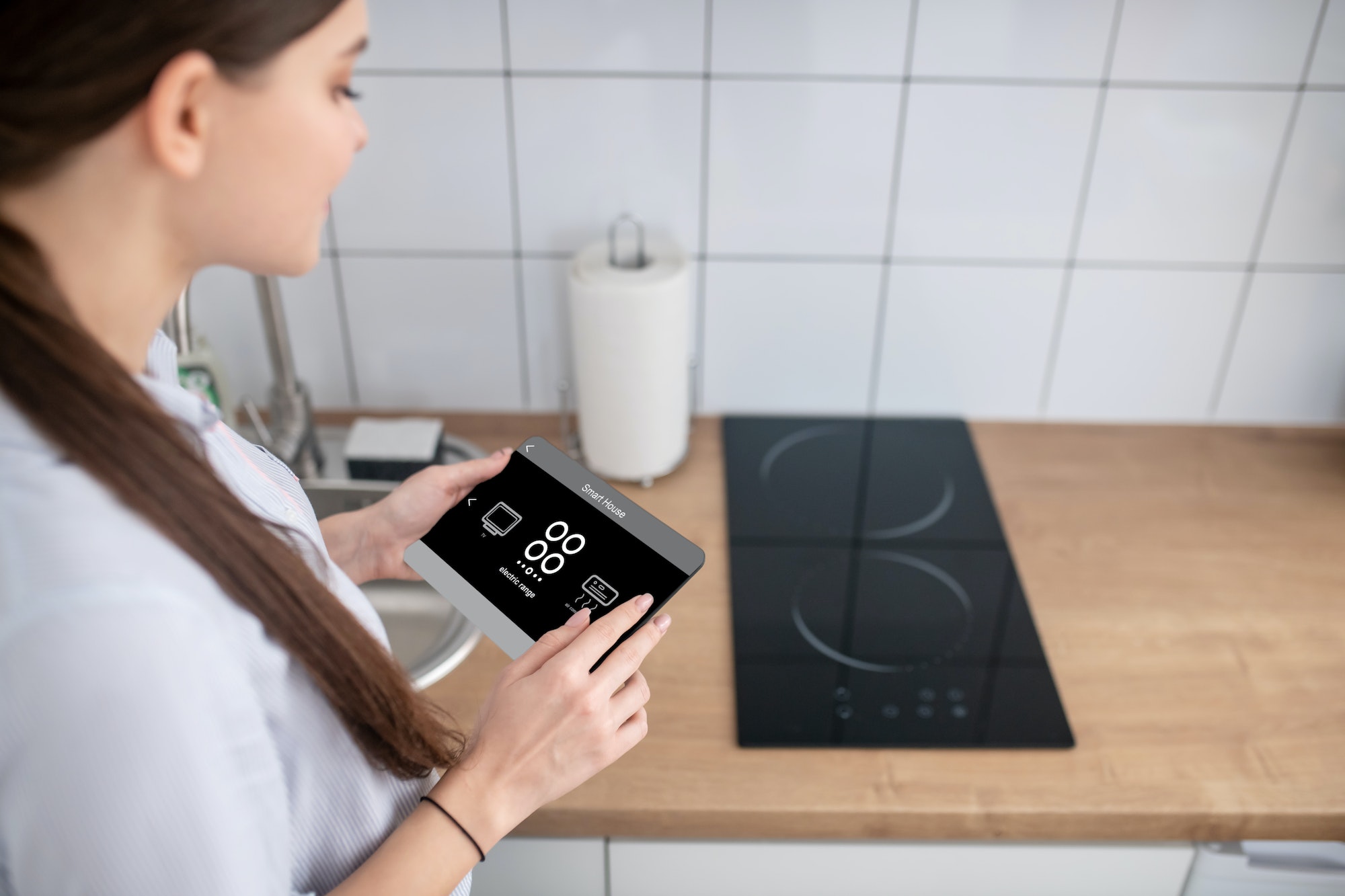There are many different ways to protect electronics from damage. Some of the most common are high induction, wear and tear, and pests like rodents.
Other types of damage can occur by weather or overuse.
Weather Damage
Keeping your electronics a safe distance away from the weather is a good idea. Lightning and power surges can cause a number of electronics to break.
Here are some simple yet effective ways to save your devices from the ravages of nature.
The best way to evade these nasty surprises is to prepare in advance. You can use the internet to keep up with local and national weather and storm reports, and make sure you have backup plans should the worst occur.
Unplugging your electronics from time to time is another smart move. Lightning and power surges can damage electrical appliances and outlets, and the tiniest amount of moisture can short-circuit your device.
Damage by Wear and Tear
While it’s not likely that you’re going to replace your PC or laptop every year, it’s worth considering the longevity of your electronic elixir. One of the best ways to do this is to make sure it’s in a well-ventilated space.
Another no-brainer is to install a quality surge protector, which is designed to prevent damage from electrical surges. Using a surge protector will save you money on expensive repairs. In addition to preventing damage, having one will also help you in case of a power outage.
Lastly, if you’re living in a humid climate, you’re better off utilizing a dehumidifier. Humidity is the enemy of electronics. Keeping a humidifier nearby can not only keep your gadgets happy, it can actually save you a few bucks in the long run.
With these three tips, you’re in good shape for years to come. As with most things in life, preventive maintenance is key to the longevity of your tech. After all, no one wants to be stuck with the cost of replacing an outdated laptop. So, follow these simple yet effective tips and you’ll be rewarded in spades.
Electrostatic Discharge (ESD)
Electrostatic discharge (ESD) is an electrical phenomenon in which a static electricity charge is released from one object to another.
ESD can cause serious damage to electronic components and circuits, resulting in permanent malfunctions or even complete destruction of the device.
Common sources of ESD include humans, animals, and other objects with a significant amount of static charges, such as carpets or other porous materials. ESD-protected workstations are necessary to prevent damage from this phenomenon.
To protect your electronics from ESD damage, if you’re working with electronics often, it’s important to take the following steps:
- Wear an ESD wrist strap when handling sensitive electronics.
An ESD wrist strap is a special device worn around the wrist that grounds you and any static electricity that builds up on your body, so it doesn’t transfer to the object.
- Avoid wearing synthetic fabrics or clothing with lots of static clings when working with electronics.
Synthetic materials like nylon or polyester can generate static electricity and should be avoided when handling electronics.
- Regularly clean the work area with an anti-static cleaner.
This will reduce the number of dust particles in the air that can cause ESD damage to sensitive electronics.
- Use a grounding mat on your workbench or table when handling electronics.
This will help to ground you and prevent static electricity from building up on your body or transferring to the object.
- Always use an anti-static bag when transporting or storing sensitive electronics.
An anti-static bag will protect the device from static charges in its environment and reduce the risk of damage due to ESD.
Pest Damage by Rodents
If you want to prevent damage to electronics by pests like rodents, then you need to learn the signs and the effects that these creatures can have on your electrical system.
These creatures may be able to gnaw through wood, plastic, and even insulation. This can cause serious damage to your wiring, which can lead to a fire.
It’s important to get your wires checked by a licensed electrician periodically. He can help you identify potential problems and determine if repairs are necessary.
The costs associated with correcting rodent-induced electrical problems can be expensive, and if you fail to address the issue, your electrical system may catch on fire.
Rodents can also contaminate your food supplies. They are also known to transmit salmonella. When you find signs of rodents, you should call a professional to remove them.
Rodent infestation can affect your home’s electrical system, as well, causing it to run at a lower voltage and reduce the current fed to it. As a result, you may experience power surges, dimmed lights, and power failures.
In order to protect your home, you should seal all possible entry points, such as door frames, window frames, attic vents, crawlspaces, and any other locations where rodents can enter. You should also tighten up all outlet covers and electrical switch plates.
Insect Damage
Insects like cockroaches can squeeze into the tightest of places, including electronic devices. This is a big problem because they not only live in these electronics, but they also cause damage to them.
Roaches leave behind droppings and urine that can corrode electrical wiring and short out sensitive components. The droppings and urine also attract other insects, such as ants and silverfish, which can further damage the device. They are also known to chew through plastic and rubber parts.
All of these problems can add up, leading to expensive repairs or a total loss of the device. To protect your electronics from insect damage, it is important to keep any food and crumbs away from the device, vacuum regularly, and use sticky traps to capture any roaches.
If you suspect a problem with any insects, it is also important to contact a professional exterminator.
Radio Frequency Interference (RFI)
Radio frequency interference is one of the most common types of damage to electronic equipment. RFI is caused by electrical signals from sources such as radios, televisions, cell phones, and other wireless equipment.
These signals can interfere with the operation of sensitive electronic components, resulting in intermittent or complete loss of functionality.
To prevent RFI, always make sure to keep wireless equipment away from electronic devices. Cell phones and other mobile devices should not be placed near computers or other sensitive electronics. Use shielded cables for any connections between devices that are prone to RFI.
It is also important to ensure that all electrical wiring in the building meets local safety codes. This will help to reduce the potential for RFI, as well as other issues such as power surges or shorts.
Keep an eye out for signs of electrical damage, including burnt wires or discoloration in outlets and switches.
High Induction Damage
There are many factors that you must keep in mind to prevent damage of high induction to electronics. Some of these include the correct use of water-cooled chill blocks and the proper alignment of the centering pins.
You should also be sure that the SCRs and Diodes are properly cleaned and dry to avoid arcing. Another factor is to make sure that you understand how to diagnose failures. Using the wrong diagnostic tools or not identifying failures can lead to serious damage to your electronics.
Lastly, you should be able to identify the symptom of an inter-turn short-circuit (ITC) fault. This is a severe failure mode that can damage your induction power supply. If you know what this symptom is and what to do, you can save yourself from expensive repairs.
Takeaway
It is important to take proactive measures to prevent damage to electronics. Making sure that your devices are properly protected from water and power surges, as well as dust and heat, can go a long way in protecting them from premature failure or breakdowns.
Ensuring that the device is not overworked by avoiding prolonged use of its resources can help to extend its life and ensure that it works optimally.
Discover more from Futurist Architecture
Subscribe to get the latest posts sent to your email.



